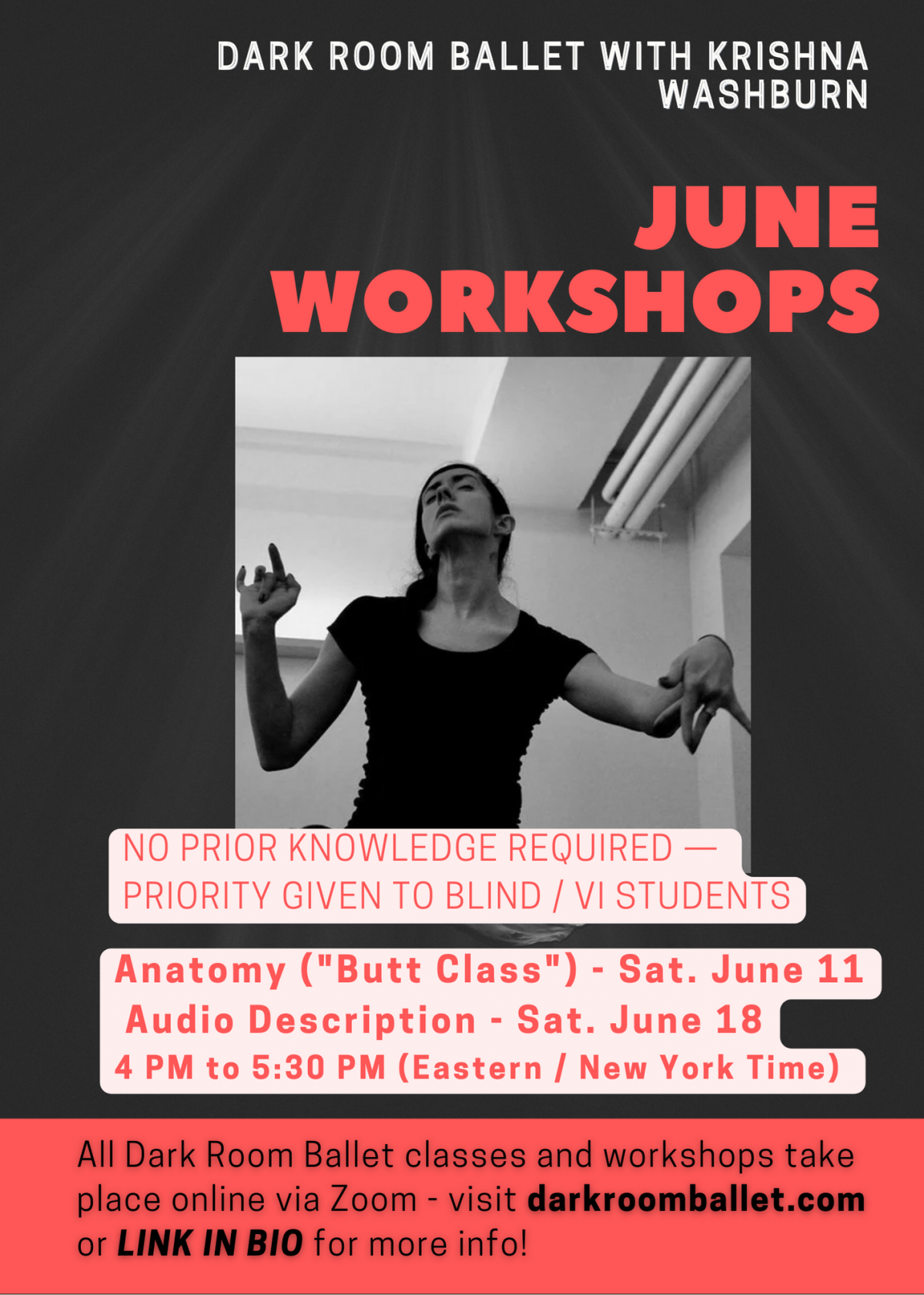Don’t sleep on the new inventory at Dark Room Adorned on Etsy!
Over a dozen new designs — here are just 2, WATERWAYS and TAJABONE…
![]() Use code WEARME for 10% off!
Use code WEARME for 10% off! ![]()
All bracelets are made in a wrap style that is adaptable and adjustable for many sizes and uses, and each is created using ethically sourced supplies from the United States, Czech Republic, Austria, and Mexico. ![]()
Every bracelet is named after music used in Dark Room Ballet classes for blind and visually impaired adults, many of which are songs requested by students.
Proceeds from every sale at Dark Room Adorned benefit the Telephone Dance and Audio Description Film project, so that editors, composers, ASL interpreters and consultants can be paid.
Descriptions with each image.
Shop at Dark Room Adorned on Etsy today!

All purchases from Dark Room Adorned support Krishna, the blind ballet teacher who made this bracelet, and The Telephone Film, a screen dance project with choreographer Heather Shaw meant to promote the field of audio description for dance. The song Waterways was used in Dark Room Ballet class on May 23, 2022; this song was introduced to Krishna by her disabled dance mentor, Sasha!

All purchases from Dark Room Adorned support Krishna, the blind ballet teacher who made this bracelet, and The Telephone Film, a screen dance project with choreographer Heather Shaw meant to promote the field of audio description for dance. The song Tajabone was used in Dark Room Ballet class on June 6, 2022; this song was introduced to Krishna by her disabled dance mentor, Sasha!


